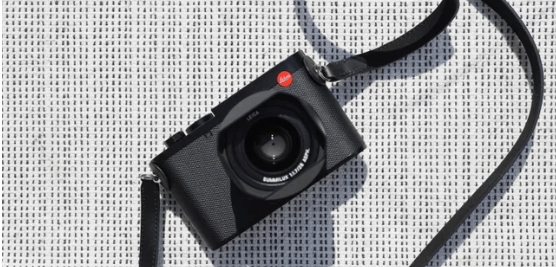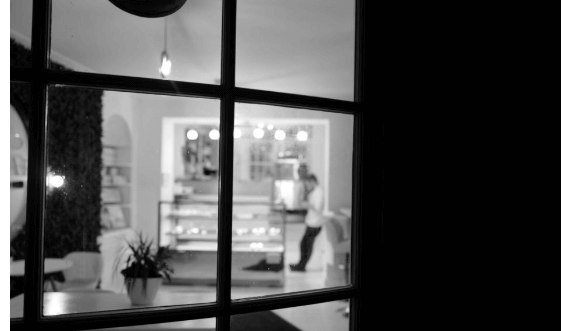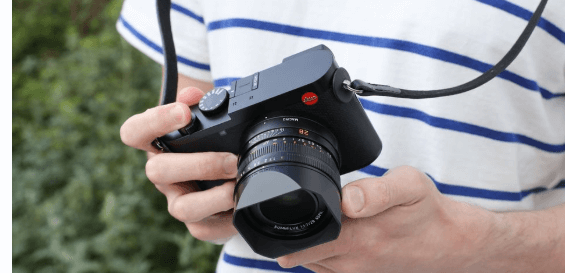
Analysis of high-quality compact camera functions: Why Leica Q3 is a great value choice for Leica
I have always been interested in Leica's Q series compact cameras, even when the first-generation Q was launched, I didn't immediately understand its design intent. In the photography world dominated by the Leica M system, the Q series initially seemed like a compact and strange product - it was indeed beautiful, but somehow, it was disconnected from the tactile and thoughtful shooting experience I trusted from my Leica M camera.
When I spent some time with the Leica Q2 Reporter, things started to change. In an instant, the Q series was no longer just a novelty, but a tool with unique expressiveness. Its fixed wide-angle lens, instant response processing speed, and the way it presents the environment with intimacy and breadth opened up a completely different narrative path for me.
The Q2 Reporter made me realize that Leica could condense many of the essences of my beloved M experience into a pocket-sized body without diluting the soul of the images. This realization laid the foundation for the arrival of the Leica Q3.

Image taken with Leica Q2 Reporter (Image source: Sebastian Oakley / Digital Camera World)
Today, the Leica Q3 with 61 million pixels is already close to the pinnacle of Leica compact cameras. Admittedly, its price tag makes many people hesitate. But simply dismissing it as expensive overlooks a key subtlety: in Leica's professional terms, it is the leader among the current "value-for-money" high-quality compact cameras.
The Q3 brings a 60-megapixel back-illuminated sensor, an enhanced autofocus system, 8K video shooting capability, and the Maestro IV processor - features that were previously only part of the high-end M system, now integrated into the quiet, thoughtful simplicity of a fixed-lens design.

Image taken with 28mm lens (Image source: Sebastian Oakley / Future)
Compared with the Q2, the improvements of the Q3 in image quality and usability are gradual but significant. These improvements are not just upgrades in specifications, but are integrated into the camera, making it feel like it was built based on intuition rather than a checklist. For people like me who value precision and purpose over fancy gadgets, this combination is extremely rare and worthy of attention, even considering its price.
As a Leica M user, what excites me most about the Q3 is its fixed 28mm f/1.7 Summilux lens - in fact, when you buy the camera body, you also get an excellent lens as a companion. This perspective is not a compromise, but a unique expression. The large-aperture wide-angle optical lens has a unique charm: it can not only isolate the subject with a shallow depth of field, but also firmly embed them in the environment. And the Q3's 28mm Summilux lens achieves this effect with the clarity and characteristics that I have only seen in Leica's more expensive M lenses (such as the 24mm Summilux - M).
At f/1.7 aperture, its imaging effect combines clarity and subtle three-dimensionality, making environmental portrait shooting look effortless and natural. The integrated image stabilization function, combined with the bright large aperture, means that when shooting in low-light environments, there is no need for excuses or distortion processing, and the camera can directly produce the ideal effect.
Analyzing from a technical perspective, this argument almost seems bold: you pay the price of the Leica Q3, but you get a high-end wide-angle optical lens that might be added separately later in another scenario.
If it existed independently in the Leica ecosystem, it would be able to get a considerable return based on its lens pedigree and performance; on the contrary, it is closely connected with the body, and this integration certainty - the lens and sensor are designed as an inseparable pair - adds a layer of practical value beyond many "modular" products.
The Leica Q3 is more than just a camera; it is a sealed system. This economical combination of lens and body suddenly tilts the advantage towards the user. For people like me who have been using interchangeable lenses, this clarity is like a rare good deal in a brand known for being driven by scarcity.
The 28mm focal length has a quiet but powerful influence in daily life. It is wide enough to present the background - whether it's street scenes, indoor environments, or environmental portraits - without feeling distant. It forces you to see the relationship between the subject and the space that more compact lenses often hide. It's a perspective that invites you to tell a story, rather than force-feed it.

(Image source: Gareth Bevan / Digital Camera World)
If 28mm is too wide for your perspective or subject, Leica has launched the Leica Q3 43, a variant with a 43mm lens that can narrow the field of view, being both intimate and not cramped. It is more pleasing for certain portrait shooting distances and is an ideal choice for users who want to try different visual rhythms.
This alternative focal length shows that Leica recognizes the importance of perspective, but the existence of the Q3 43 also highlights the subtlety of the original 28mm design: Leica felt the need to provide an alternative not because the original design was insufficient, but because it was so excellent that photographers began to seek ways to customize this powerful perspective according to their own rhythm.
So, yes, the Leica Q3 is expensive, but by Leica's own standards, it's one of the most honest purchases you can make. It doesn't rely on gimmicks or tentative compromises; it has a unique photographic voice, supported by a lens that would be remarkable on its own if sold separately.
For loyal fans of Leica M, transitioning to the Leica Q3 is not so much a betrayal of modularity as a recognition that sometimes the most elegant system is one where components no longer act independently but are integrated into one.
From this perspective, the Leica Q3 is not only value for money, but also the best compact interpretation of the Leica spirit, which you can easily put into your jacket pocket and carry with you.
Related Tags: Leica
